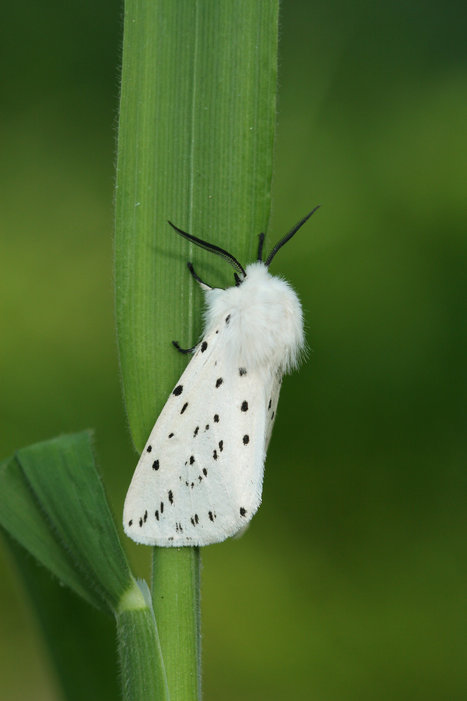A large international team of researchers has found a link between urbanization and changes in animal body size. In their paper published in the journal Nature, the group describes their study of animals living in both urban and rural areas in Belgium and what they found.
Study shows link between urbanization and changes in body size of animals, by Bob Yirka , Phys.org - 24.05.2018
"A large international team of researchers has found a link between urbanization and changes in animal body size. In their paper published in the journal Nature, the group describes their study of animals living in both urban and rural areas in Belgium and what they found.
Prior research has shown that when temperatures grow warmer, animals tend to grow smaller due to an increase in metabolic rates. It is also well known that cities are typically hotter than surrounding areas because of all the heat-absorbing materials such as asphalt in roads. In this new effort, the researchers wondered if animals living in cities might be smaller due to the hotter climate.
To find out, the group collected samples of invertebrates from 10 species in several parts of northern Belgium. Most were flying or crawling insects, but there were also some tiny water-based organisms such as water fleas (which feed on algae in the water). Collection areas ranged from natural, to rural to urban. In all, the team amassed a collection of 95,001 specimens which ranged from moths and butterflies to rotifers."
(...)
- Body-size shifts in aquatic and terrestrial urban communities | Nature, 23.05.2018 https://www.nature.com/articles/s41586-018-0140-0
[Image] The White ermine Spilosoma lubricipeda; macro-moth communities consist on average of larger, more mobile species in urbanized settings Credit: Maarten Jacobs
___________________________________
[Repéré via Tired, 05.09.2021 | De nombreuses espèces de mammifères grossissent de manière inattendue, et c’est à cause de nous https://www.tiredearth.com/fr/news/1808]
"... Ce résultat suggère que l’urbanisation rivalise ou dépasse le climat pour déterminer la taille du corps des mammifères. « Ce n’était pas du tout ce que nous nous attendions à trouver. Mais l’urbanisation représente cette nouvelle perturbation du paysage naturel qui n’existait pas il y a des milliers d’années. Il est important de reconnaître que cela a un impact énorme », a expliqué Robert Guralnick, coauteur de l’étude. Ces résultats font notamment écho à une étude belge qui a conclu que l’urbanisation provoquait l’augmentation de la taille de certains insectes."



 Your new post is loading...
Your new post is loading...







